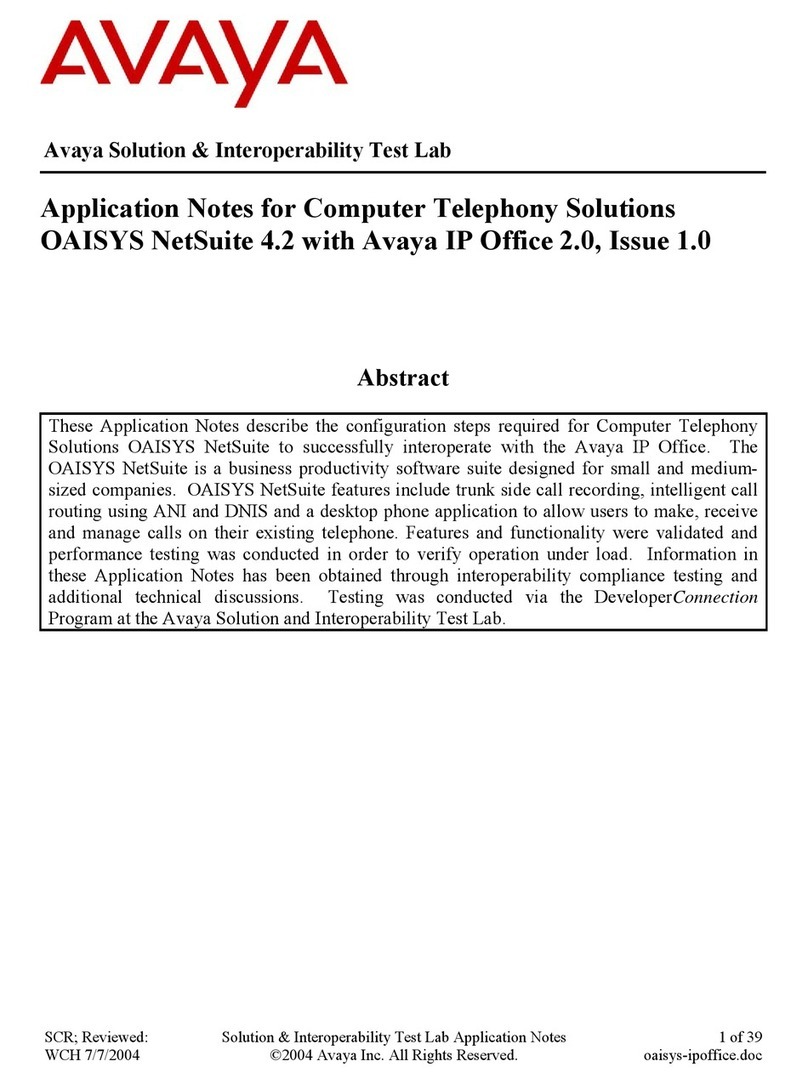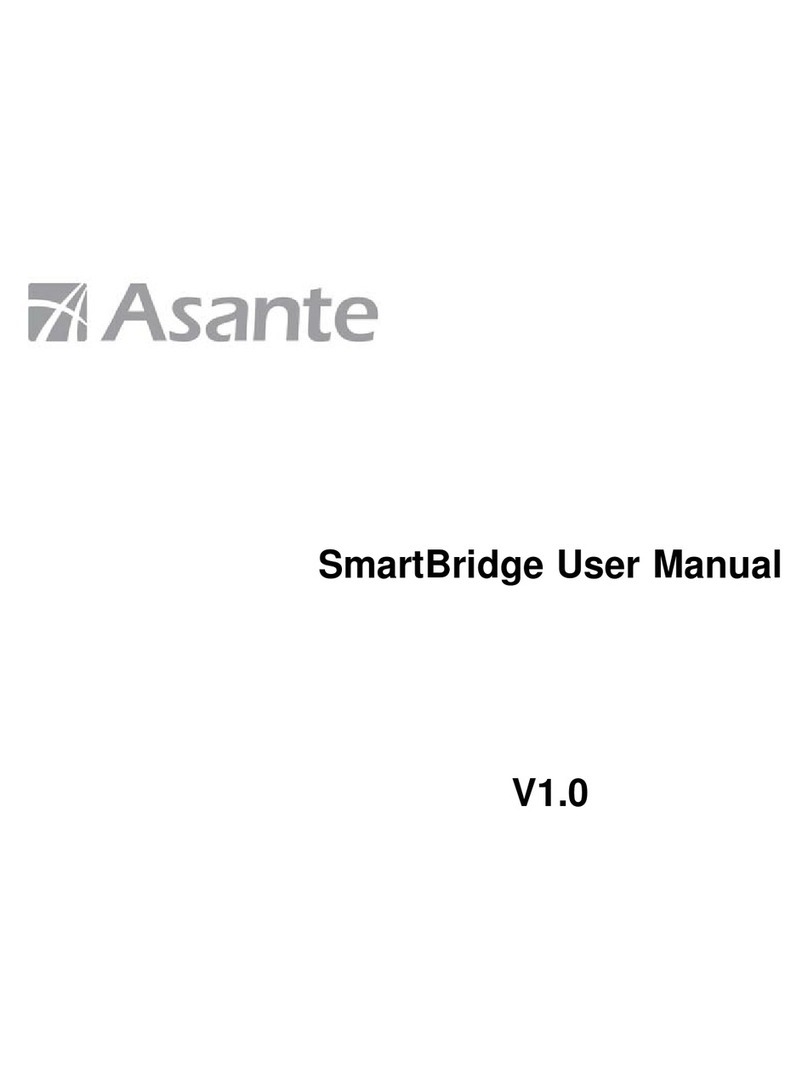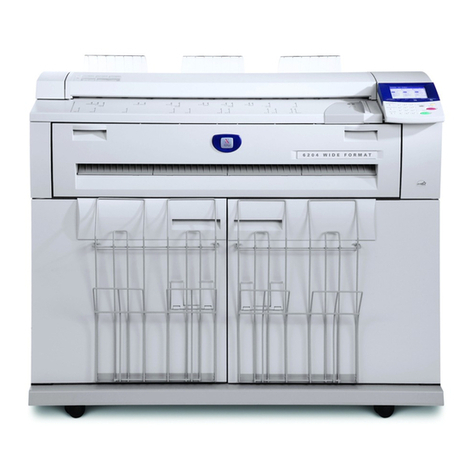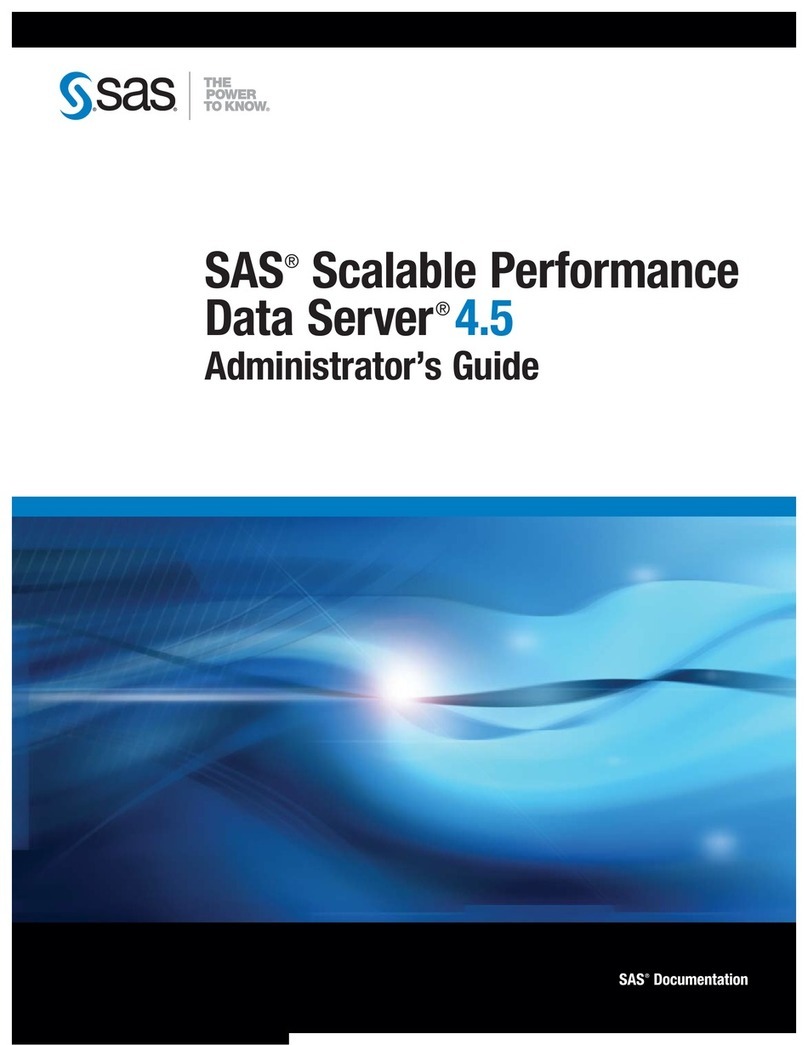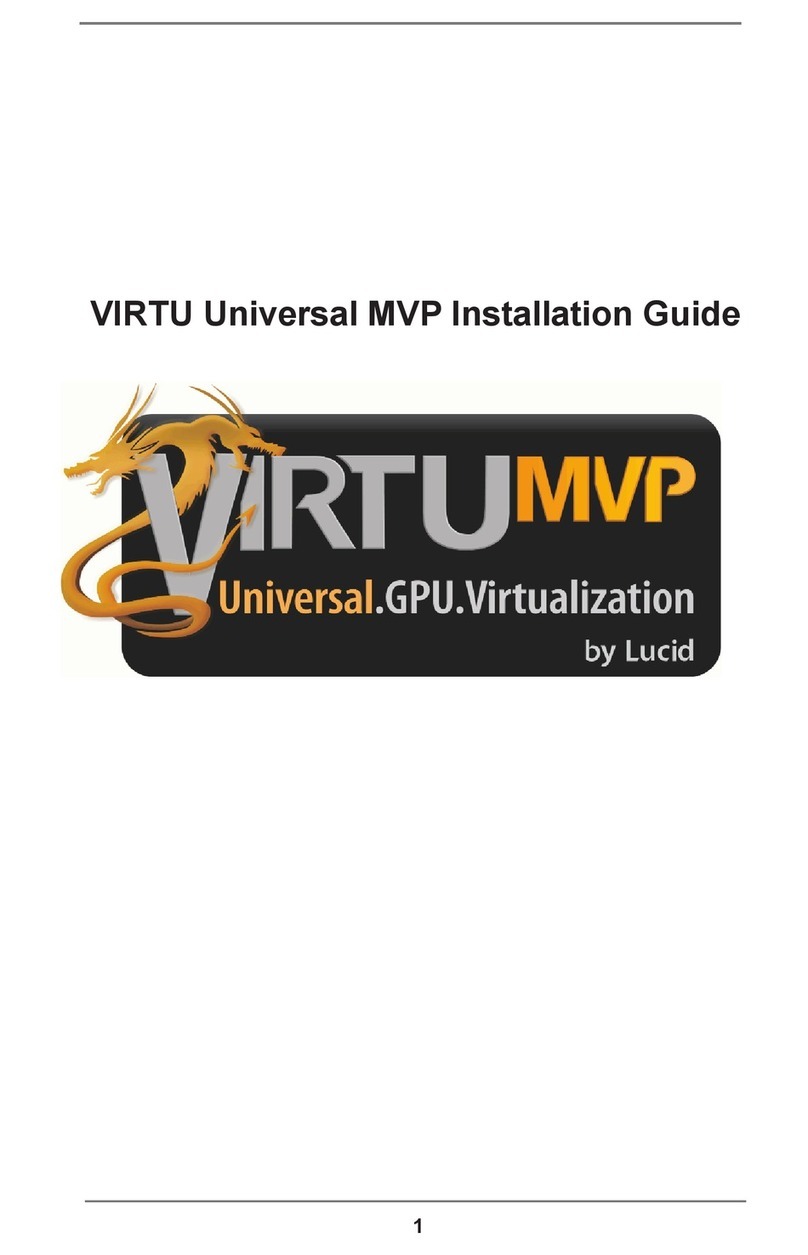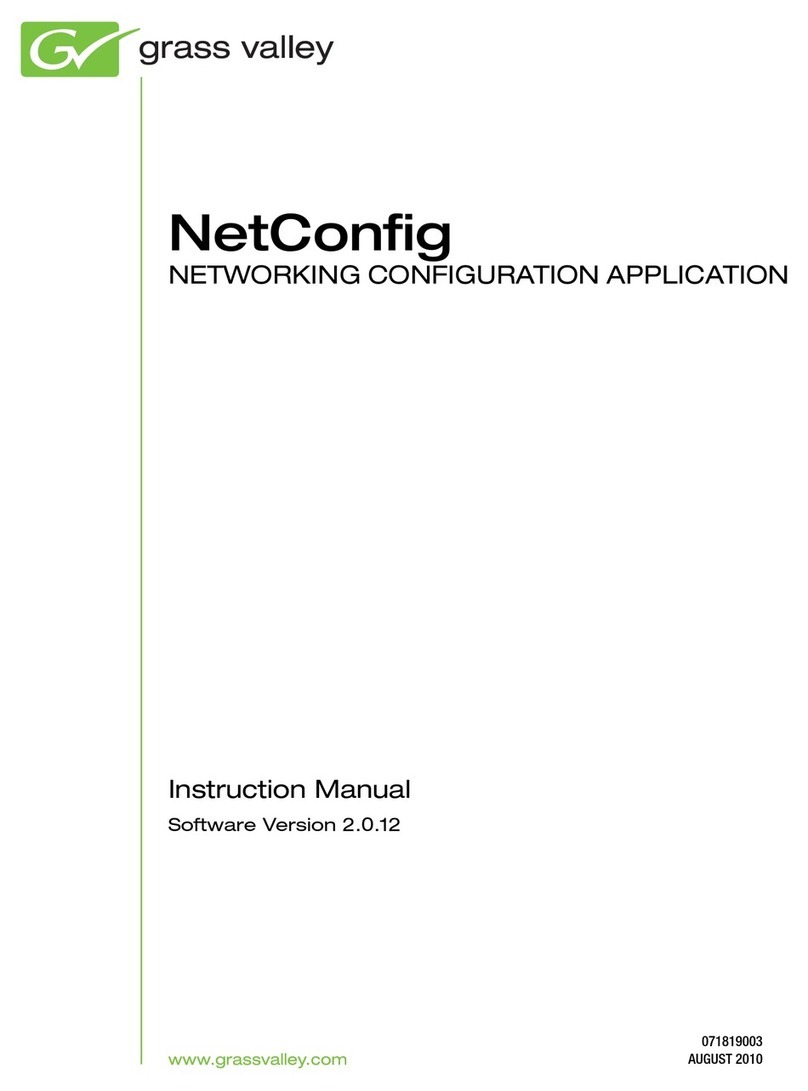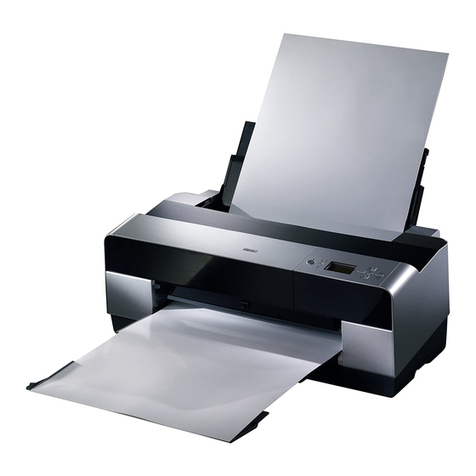SAP AG November 2002
ODBC Manual: SAP DB ............................................................................................................ 5
Supported ODBC Versions .................................................................................................... 5
Properties of the SAP DB ODBC Driver ................................................................................ 5
Supported Data Types ....................................................................................................... 6
SQL Data Types ............................................................................................................. 6
C Data Types.................................................................................................................. 6
Conversion of SQL and C Data Types............................................................................... 7
Processing SQL Statements .............................................................................................. 7
Database Procedures ..................................................................................................... 8
Cursor Functions ............................................................................................................ 8
ODBC-API Compatibility .................................................................................................... 8
Core API ......................................................................................................................... 9
Level 1 API.................................................................................................................... 10
Remark for SQLGetConnectAttr ............................................................................... 11
Remark for SQLGetFunctions................................................................................... 11
Remark for SQLGetInfo ............................................................................................ 14
Level 2 API.................................................................................................................... 19
Unicode Support............................................................................................................... 20
SAP DB ODBC Driver Under Microsoft Windows................................................................ 21
Installation Under Microsoft Windows .............................................................................. 21
Creating Data Sources Under Microsoft Windows........................................................... 23
Options for Data Sources (Microsoft Windows)............................................................ 23
SQL Mode (Microsoft Windows) ............................................................................... 24
Isolation Level (Microsoft Windows) ......................................................................... 24
Logging SQL Statements (Microsoft Windows) ........................................................ 25
Installed Files (Microsoft Windows 95 and following)....................................................... 26
SAP DB ODBC Driver Under UNIX/Linux............................................................................ 26
Installation Under UNIX/Linux .......................................................................................... 26
Integrating the SAP DB ODBC Driver .......................................................................... 27
Creating and Changing Data Sources Under UNIX/Linux ............................................... 28
Options for Data Sources (UNIX/Linux)........................................................................ 28
SQL Mode (UNIX/Linux) ........................................................................................... 29
Isolation Level (UNIX/Linux) ..................................................................................... 29
Logging SQL Statements (UNIX/Linux) .................................................................... 30
Installed Files (UNIX/Linux).............................................................................................. 31
ODBC Manual: SAP DB 4

